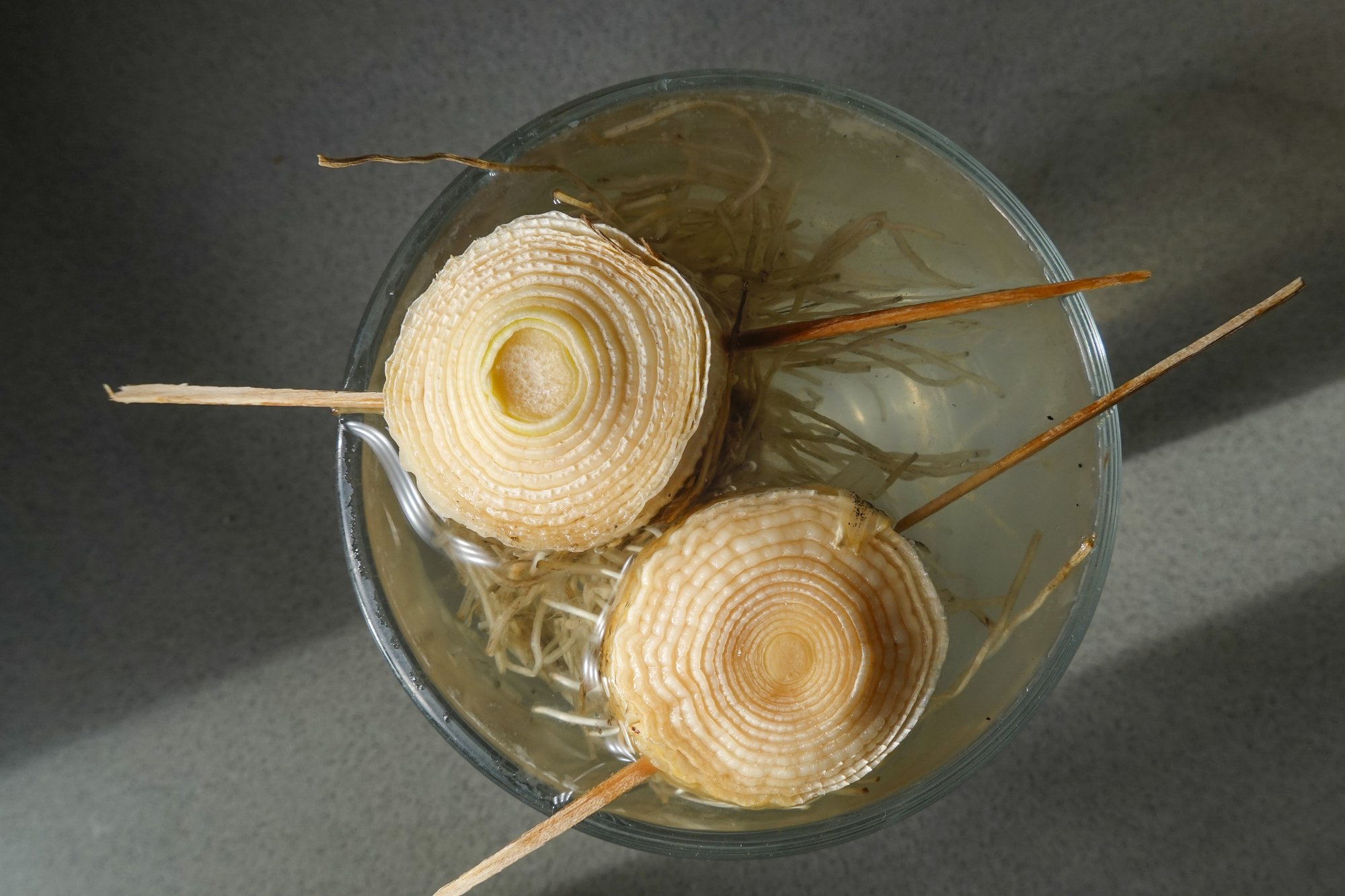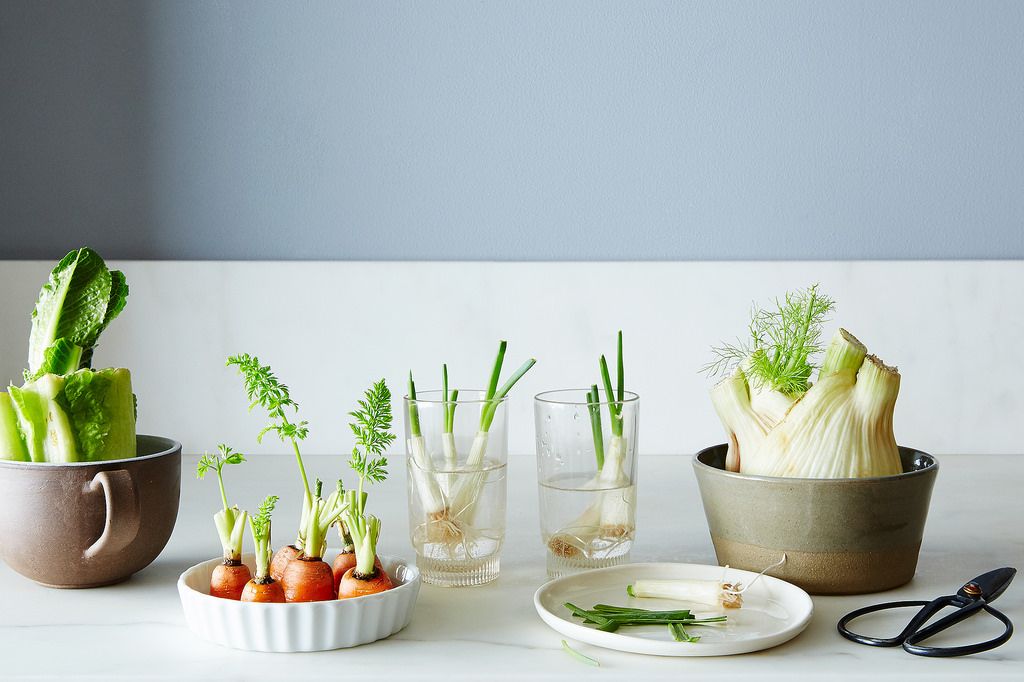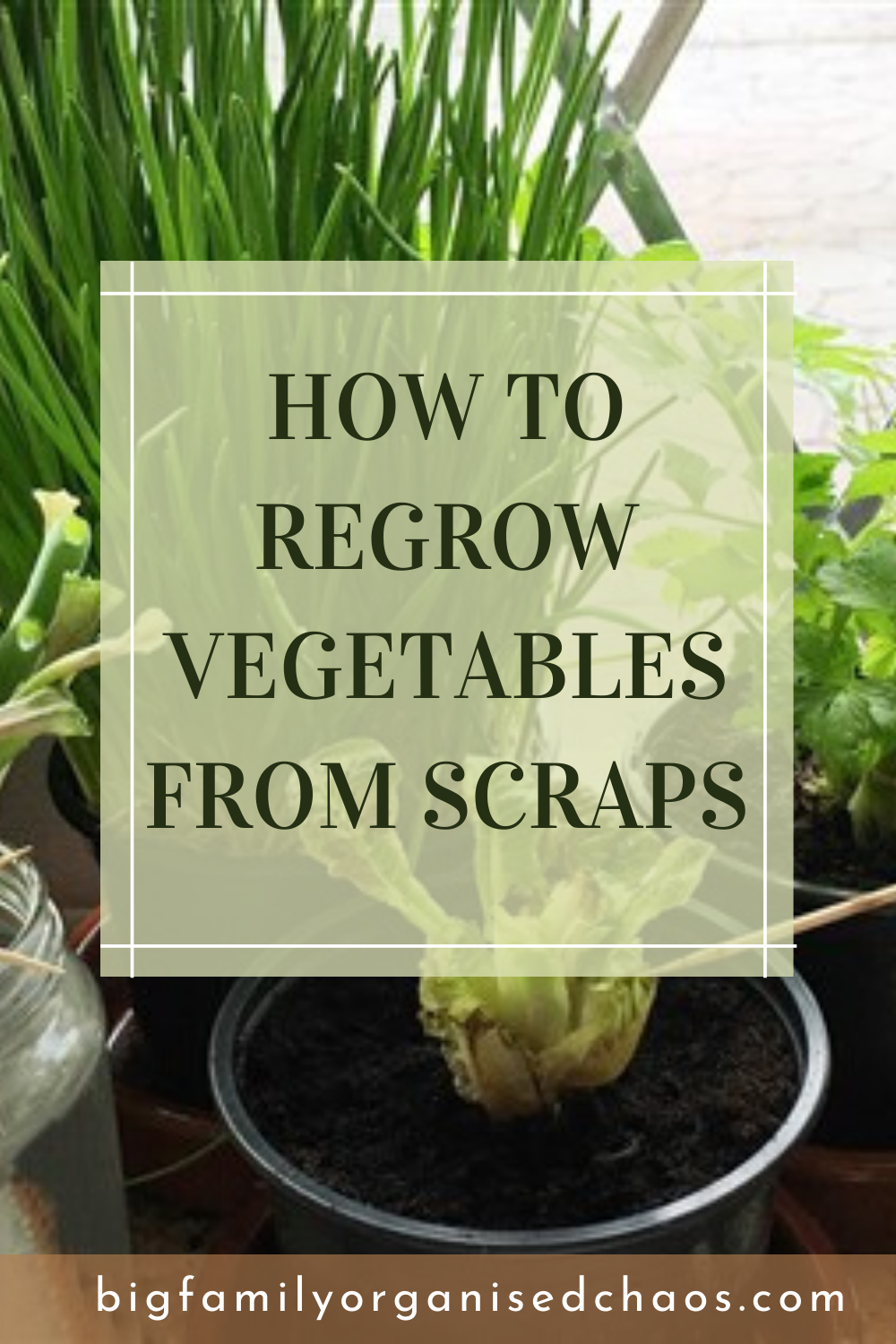Today we are talking about growing vegetables from scraps. Currently, the economy is down due to which the prices of essential vegetables have increased. When it comes to household groceries, something, you end up spending the maximum amount of your budget on healthy vegetables.
Thus you can save a lot of your hard-earned money if you grow some veggies in your backyard or your home from kitchen scraps giving you an unlimited supply of produce for your family to make all those tasty recipes . You can make complete utilisation of the plant’s capabilities to regenerate and grow new roots. It is a fantastic way to use natural processes for your use.
It will also help in reducing the amount of food waste that you might generate regularly and have fresh vegetables available constantly, plus less visits to the grocery store.
Growing Vegetables From Scraps
Growing Lettuce and Cabbage From Scraps
Cabbage, lettuce, and Bok Choy are simple to grow from scraps. You need to place the leftover leaves in a bowl with some water in the bottom. It would be best if you put the bowl somewhere that it gets plenty of sunlight, and a couple of times a week mists the leaves with water. You will notice after three to four days that roots will appear along with new leaves. When you see the plates, you can transplant the cabbage or lettuce in the soil.
Growing Celery From Scraps
One of the easiest vegetables to grow from scraps is celery. You need to cut the bottom of the vegetable and lay it in a bowl, along with warm water at the bottom. As long as possible, you need to keep the bowl in direct sunlight, and after a few days or even a week, you will see that leaves are growing along the base and thickening. When you see the leaves are thickening, you can transplant your celery in soil. Lastly, it would be best if you were patient until it grows fully.

Growing Lemongrass From Scraps
Who doesn’t love using lemongrass? But it’s quite challenging to hunt for it locally, what’s better than growing it. The lemongrass grows similar to the regular grass. It would be best if you placed the roots of lemongrass leftover in a jar or glass bowl with plenty of water to cover it. You can leave it in sunlight. After a week, you will see some new growth, and when you see this, you can transplant the lemongrass in your herb garden or a pot.
Growing Bean sprouts from Scraps
If you are fond of cooking with bean sprouts, you can easily grow them yourself. It would be best if you soak a tablespoon of beans in a jar with shallow water. Then leave the pot overnight and drain the water off and put the beans back in the container. It would be best if you covered the case with a towel or a cloth overnight, and the next morning, you have to rinse them. It would be best if you kept doing this until you see some sprouts appearing on the beans. This works well with wheat berries and mung beans.
Growing Potatoes from Scraps
The majority of people know that virtually potatoes can be regrown from potato peels. You need to select those peels that have eyes on them. You have to cut those peelings into two-inch pieces and make sure there are at least two to three eyes. You have to allow them to dry overnight and then plant them four inches deep in the soil. You have to make sure that your eyes are facing up when you transmit the potatoes. Before you see the potato plant growing, you need to be patient for a few weeks.
Growing Sweet potatoes from Scraps
Sweet potatoes can be grown correspondingly, like regular potatoes. You have to cut the sweet potatoes into two halves and use toothpicks to suspend it above a container with shallow water. Just in a few days, the roots will be seen on the top of the potatoes. You can place the sweet potatoes in a case when these sprouts reach about four inches in length. You can plant them in the soil after the roots go about an inch in length.
Growing Ginger from Scraps
You can keep your ginger supply full once you get started, as ginger is easy to grow. You need to plant a spare piece of ginger root in the potting soil by ensuring that buds are facing up. You can notice some new roots and shoots in about a week, ensure to keep watering regularly and have an unlimited supply of ginger.
Growing Garlic From Scraps
It is straightforward to grow garlic as it just needs one clove. You need to pull off one clove from the bunch of cloves and plant it with roots facing down in the soil. You can keep it outdoors during the summer season as garlic likes an abundance of sunlight. When you notice some shoots, you can cut them, and your plant will grow in a bulb.

Growing Onions from Scraps
The main agenda of growing onions is that you can grow it both indoors and outdoors. You have to cut the root of the onion and ensure you leave half an inch of onion. You need to cover it lightly and keep it in a sunny area. If you have green onions, then you need to put the base as white onions with roots intact in the container having water. It would be best if you placed the case in a sunny area. The green will continue to grow if you change the water every few days.
Grow Tomatoes from Scraps
Tomatoes can be grown by saving the unwanted seeds that you probably throw out. You have to allow the roots to dry after rinsing them. You can plant the seeds in the soil until you witness some growth. Before transplanting the seeds outdoors, you need to allow them to grow a few inches high. Remember to keep the tomatoes in an area that gets an abundance of sunlight and water it a few times a week.
Growing Basil from Scraps
It is relatively easy to regrow basil leaves. You need to have a stem of about four inches high and place it in a glass of water with leaves above the waterline. You have to leave the glass in a bright area but don’t expose it to direct sunlight. You can transplant them in soil when you see the roots are a couple of inches long.
Growing Carrots from Scraps


